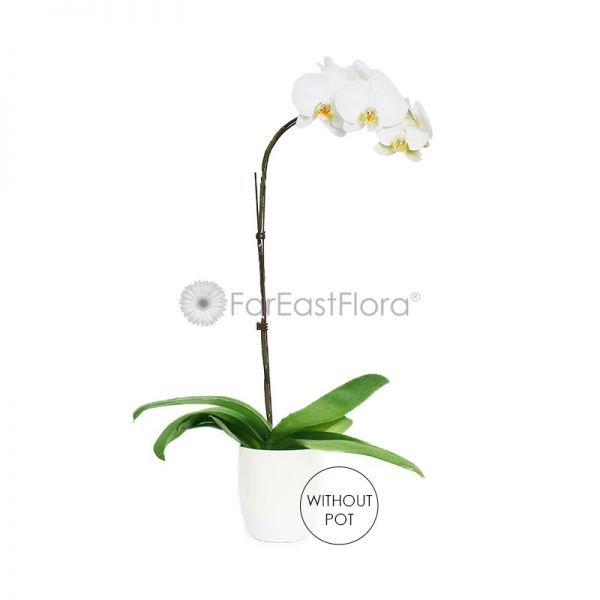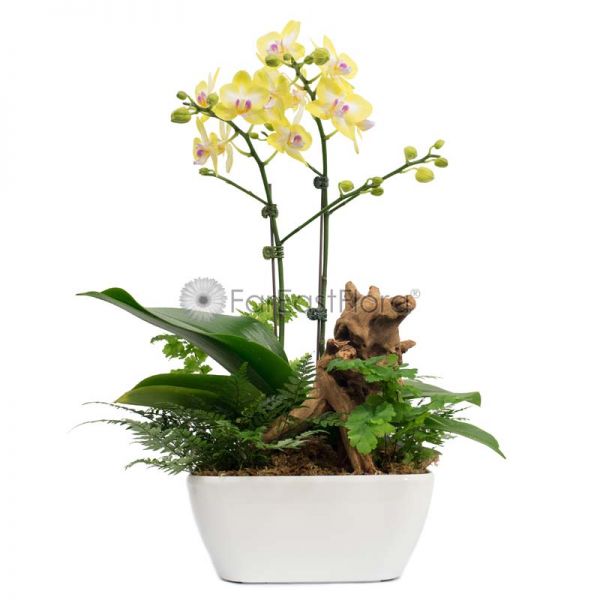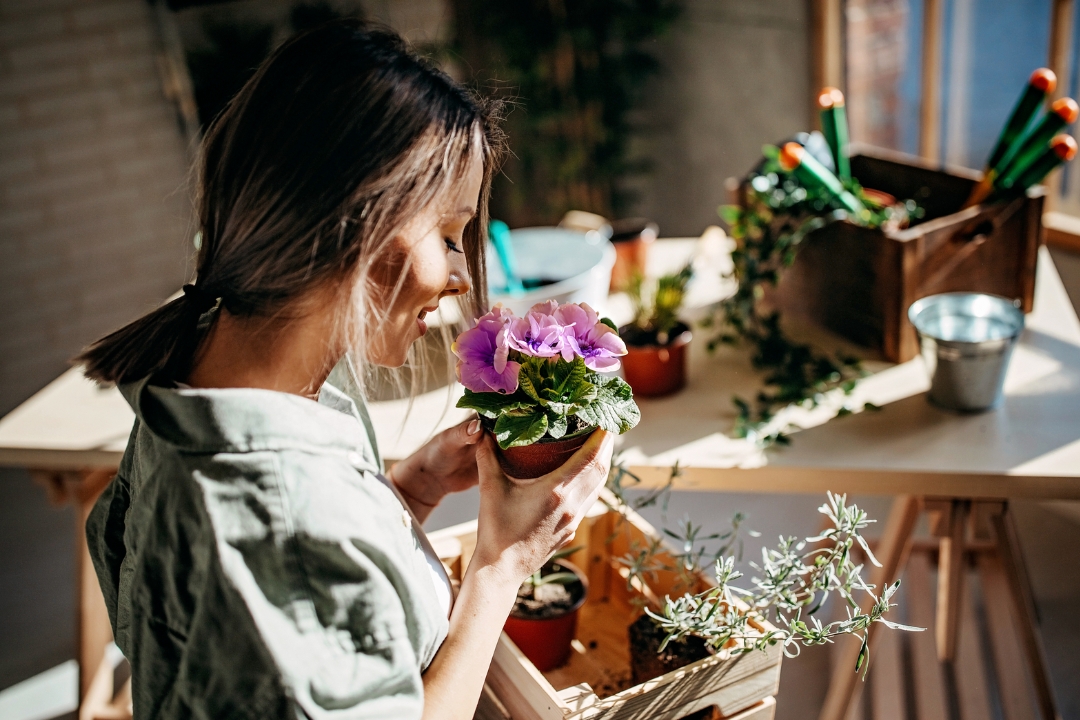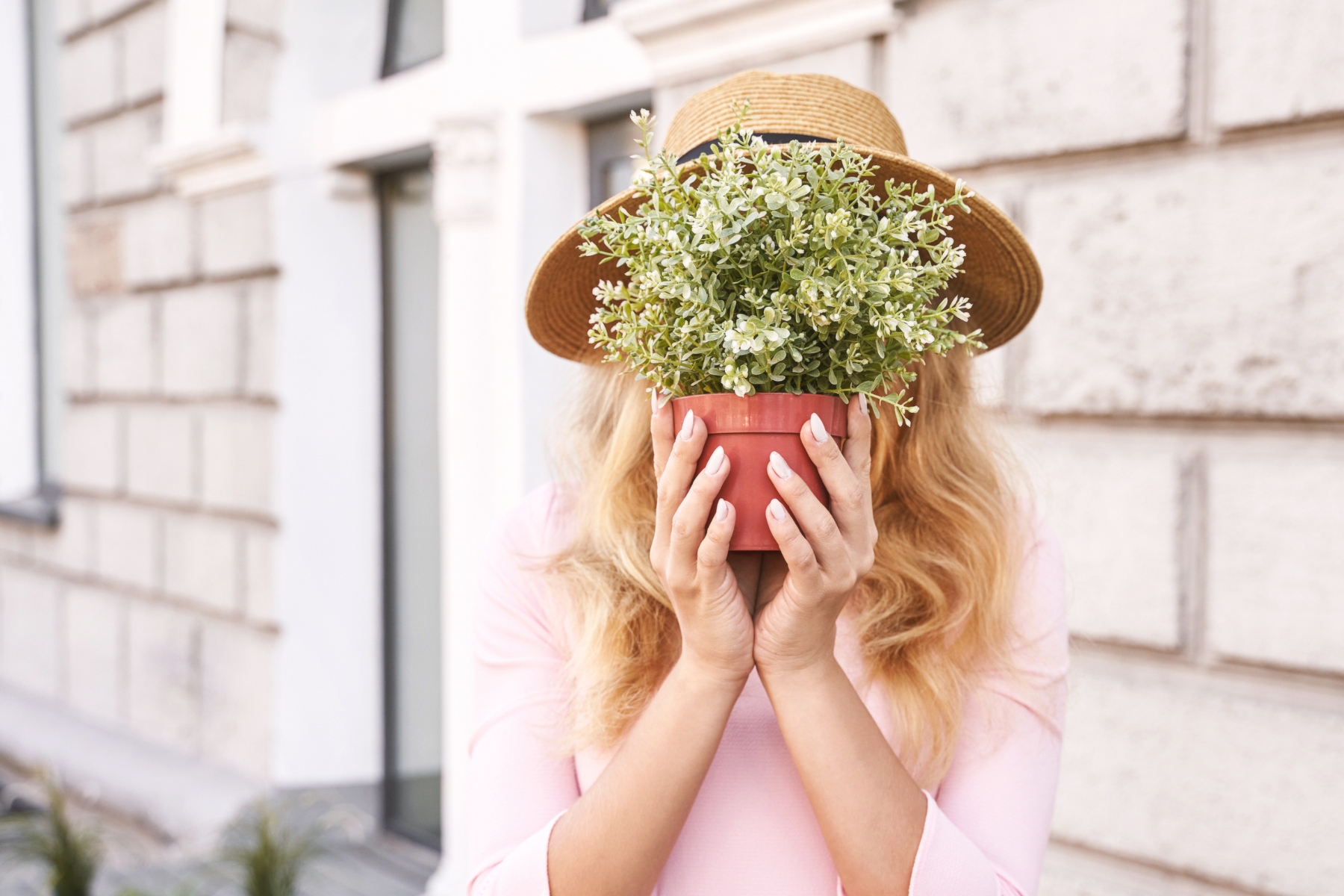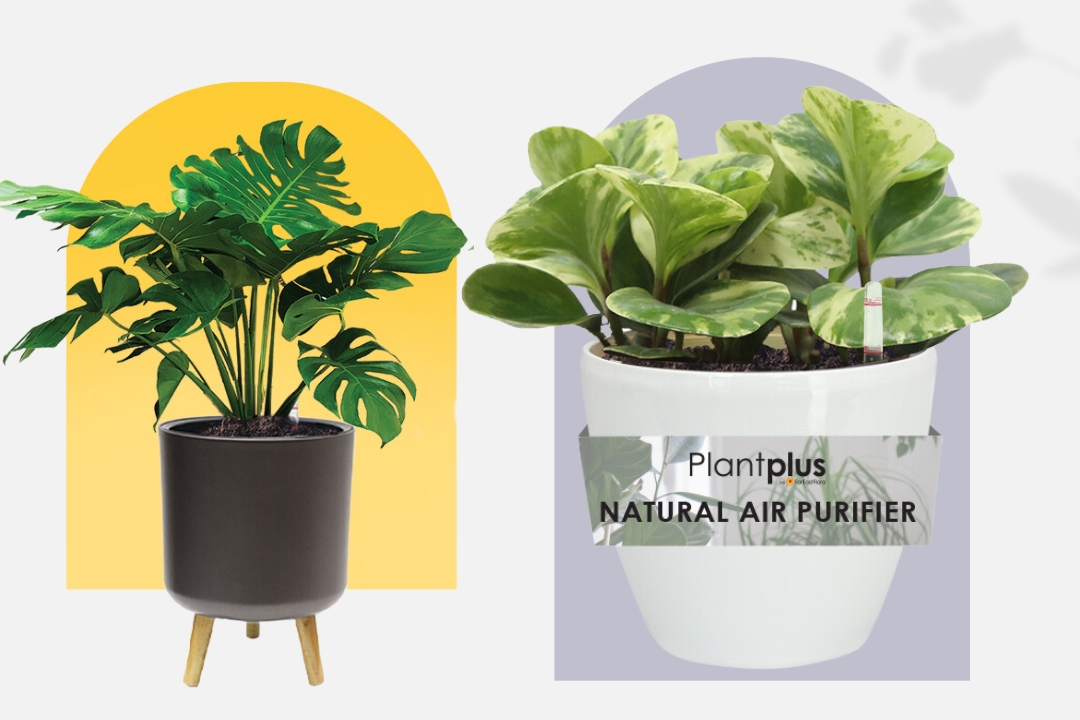Get to Know: Phalaenopsis
Get To Know Phalaenopsis Orchid
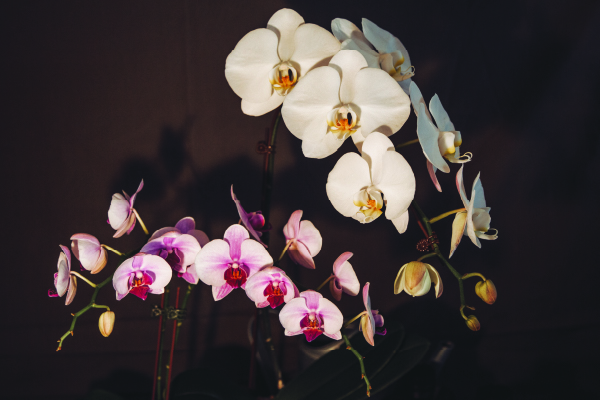
One of the easiest varieties of orchids to grow as houseplants, the Phalaenopsis orchid is a popular choice due to their colours, blooms and size. Widely known as moth orchid, these flamboyant beauties are extremely easy to care and can stay in bloom for a long period of time – the perfect plant to enhance your living spaces.
General Care:
Light
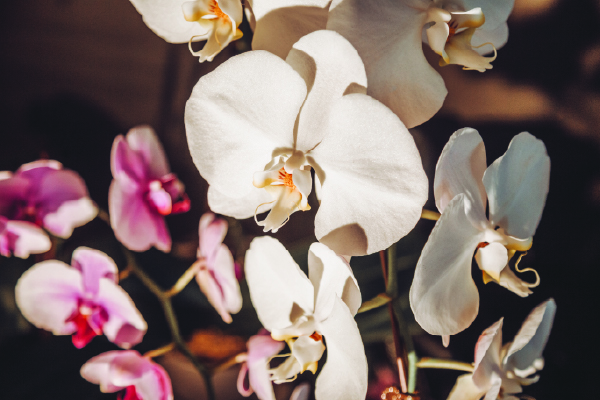
Phalaenopsis thrives in bright, indirect light but it can also tolerate medium, indirect light. It is recommended to avoid placing them under direct sunlight as the leaves might scorch and get damaged.
A healthy Phalaenopsis will have olive green leaves with glossing textures and no signs of yellowing. If the leaves are darker, it means that the plant is not getting enough light. If they have red-tinged leaves, it means that the plant is getting too much light.
Water
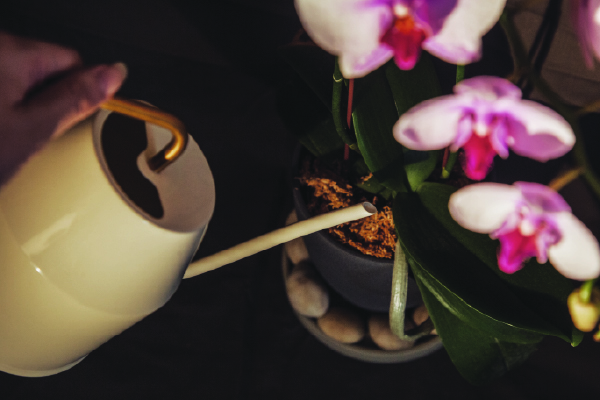
Water every 1 – 2 weeks when the top layer of sphagnum moss feels dry to touch. If your Phalaenopsis is repotted into a decorative planter, the ideal way to water is to remove your plant, place it under sink and let the water run through the plant for a minute or so. Be sure to the water drain completely. You may need to water more often if your Phalaenopsis is placed in brighter light and less often in lower light.
If water is accumulated in the crown (where the leaves join in the centre), use a cloth/towel to blot water the water to avoid rot.
Humidity
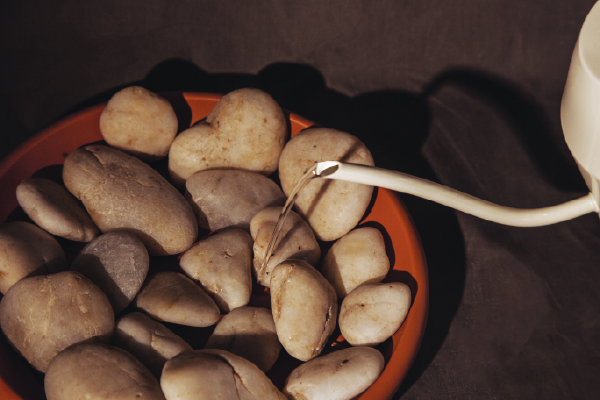
Phalaenopsis thrive in humid environments and grow best in places with 50 – 70% humidity. Here are some tips on how you can boost the humidity of your orchid:
- Place a small humidifier near your Phalaenopsis
- Use a humidity tray – Fill up the tray with pebbles and pour water into the tray until it is half full. This will allow the pot to sit above the pebbles and prevent root rot.
- Get a companion for your orchid! Orchid plants like to be near each other and clustering them clothes to each other creates a humid environment for them.
Fertiliser
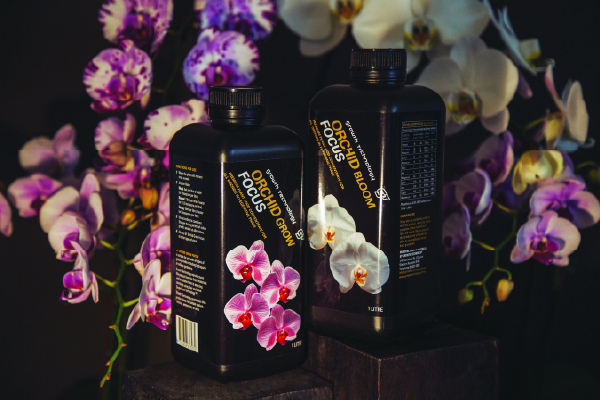
Phalaenopsis needs to be fed regularly with fertilisers. A general-purpose balance fertilizer ensures lush foliage growth and flower. It is recommended to use growth fertilizer after the flowering season. Switch to flower fertliser to promote flowering after 2-3 leaves have emerged and matured.
Orchid growers recommend the “weakly, weekly” approach, where the orchids are fed a diluted amount of (1/4 strength) fertiliser each time they water, instead of a full dose. This is due to the delicate roots of orchids; hence it is advisable to use weak, diluted fertiliser solutions.
Potting Medium
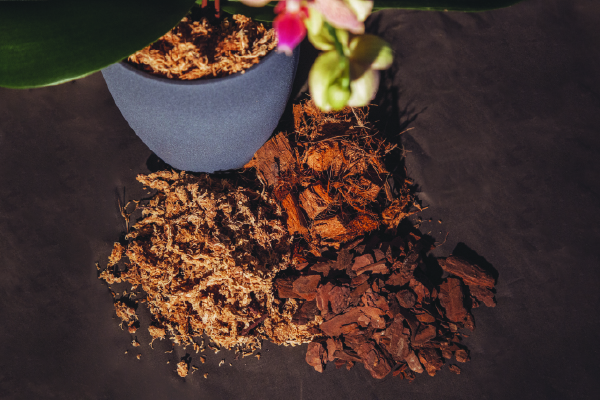
The choice of potting medium for your Phalaenopsis is an important factor to ensure the plant gets enough moisture but does not stay waterlogged. Instead of regular soil, they required potting material that mimics its natural environment. Opt for fern bark and charcoal with similar properties and sphagnum moss for moisture retention.
Alternatively, you may purchase a commercial orchid mix made specially for orchids. Always ensure that there is plenty of air circulation regardless of what potting medium is used.
Shop Phalaenopsis here:

